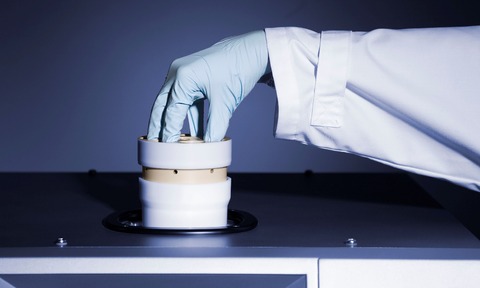
Anton Paar's latest Application Report details the use of its microwave equipment in the synthesis of copol(2-oxazoline)-based photoresists.
Photolithography is a standard routine for the production of 2.5-dimensional polymer structures.In the case of negative photoresists the illuminated parts become insoluble and reproduce the pattern preset by an illumination mask in negative fashion.
Precedent studies have revealed that copoly(2-oxazoline)s with olefinic functionalities can be cross-linked upon the application of UV light by thiol-ene reaction with oligofunctional thiols.
In an experiment carried out using Anton Paar microwave equipment, both small- and large-scale copolymer syntheses were performed in the ionic liquid (IL) HMIM BF4 as a solvent. 80 eq. of NonOx and 20 eq. of Dc=Ox were dissolved in the ionic liquid, and 1 eq. of the initiator methyl tosylate was added.
The polymerisation was performed with stirring at 600 rpm at 140 °C for 90 min. After cooling, the copoly(2-oxazoline) precipitated and could be recovered by a combination of dispersion in water and filtration.






